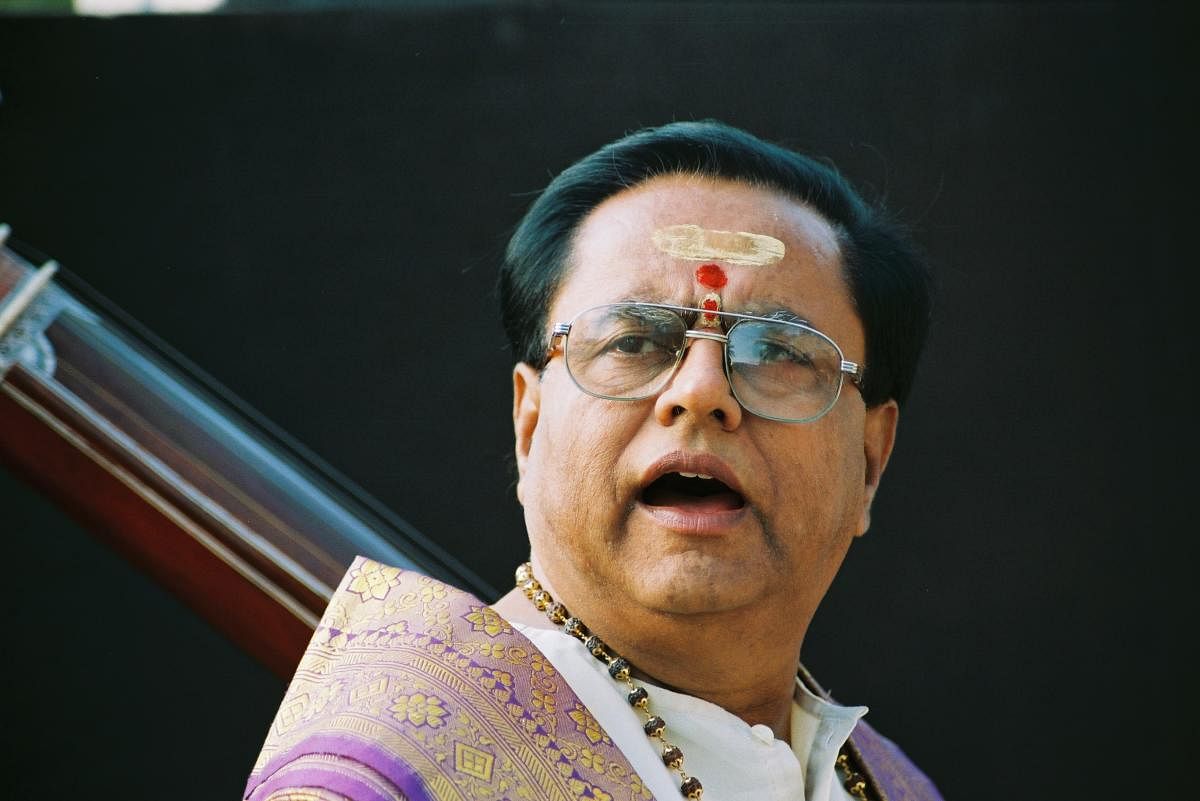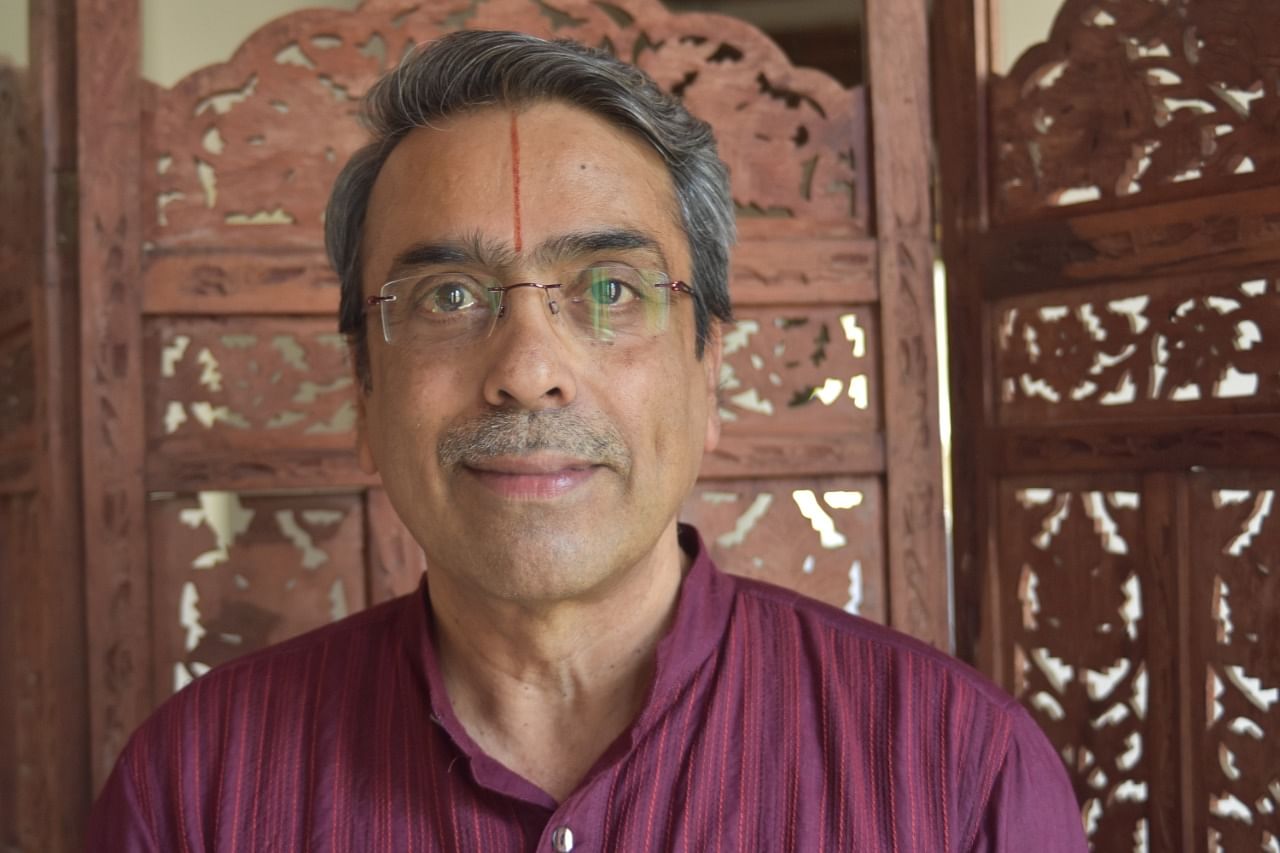

Tributes continue to pour in for the legendary Lata Mangeshkar, who passed away at 93 on Sunday. Classical musicians spoke to Metrolife about her art.
RK Padmanabha,
Carnatic vocalist
We have lost a great treasure. Many singers do well in the first five years of their careers and then disappear. To have a musical career for about 80 years is an unparalleled achievement.
What we classical musicians sing in 50 minutes has to be sung in five minutes in the movies. She excelled in commercial cinema because she had this capacity to impress all.
She has sung classical ragas in many films. She had paripoorna jnana (complete knowledge) of classical music and so had the confidence to sing any kind of song. She understood the intricacies of music.
It was a time when legendary musicians worked in Hindi cinema. It was a golden era. If Lata was accepted and embraced, it shows how special she was. Lata and M S Subbulakshmi are rare gems. Lata’s songs will never die.
Nagarajrao Havaldar,
Hindustani vocalist
Lata was a well-trained classical musician in her earlier days. That helped her to sing songs based on ragas. ‘Kuhu kuhu bole koyaliya’ from ‘Suvarna Sundari’ (1957) is in a raga malika. The transition from one raga to the next is excellent. ‘Meethe bol bole’ from ‘Kinara’ (1977) in raga Bhairavi and Jago Mohan pyare from ‘Jagte Raho’ (1956) in raga Bhairav are two other gems.
In those days, songs were produced at one go, and you have to salute all artistes of that era. Lata was able to sing with such precision.
The original tune of the national integration song ‘Mile sur mera tumhara’ was composed by Pandit Bhimsen Joshi. The song begins with him but later she becomes the voice of the nation. She has also sung Hindi bhajans with Joshi, my guru. She was not intimidated by his towering personality. I won’t call her just a singer. A singer is one who can imitate the tune given to you. But a musician is the one who can impart his or her own knowledge to it.
Salil Chowdhury was a wonderful composer, and would bring subtle nuances of Western music into his work. Unless you are capable and contemporary, you couldn’t sing his songs. She was also able to carry a lot of young musicians along with her.
Veena Balakrishna,
Veena maestro
Lata was the most celebrated vocalist of India because of her voice. Her sincerity and hard work were exemplary. They say that unless she was fully satisfied, she wouldn’t go on to the next song. There have been several occasions when she went home and called the composer to say she wasn’t happy and wanted to sing the song again.
That speaks volumes of her humility and dedication. Having come from a music family, she had music in her blood. Many people simply waste away their talent. She didn’t do that.
Many great musicians, after hearing Lata sing, would say after hearing Lata that their own 30-40 years of practice were a waste because she was that perfect.
The second important aspect is her diction. She must have done a lot of homework to sing the two Kannada songs in ‘Sangolli Rayanna’ (1967). Her other strengths were modulation and being tuneful. Her voice suited bhajan music also. When you praise God with several adjectives, you need to sound humble and there should be a sense of surrender in it.
Film songs are based on several moods. She would sing aptly for each of those situations.
People get drawn to the lyrics of a song, but in my case, I would be more interested in their ragas. Some of her songs didn’t fit it into the classical genre but still, the music continues to haunt me.
Lata was a symbol of discipline. It is a superhuman job to sing so many songs. In films, every song must sound new. People will judge you harshly if they feel the songs sound similar.
(As told to Vivek M V)